|
|
|
|
|
|
|
|
Photo Gallery for Hemidactylium scutatum - Four-toed Salamander
| 22 photos are shown. |
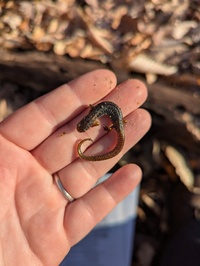 | Recorded by: K.Tiffany
Wake Co. | 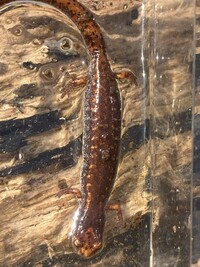 | Recorded by: Stephanie Willis
Guilford Co. |
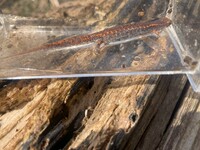 | Recorded by: Stephanie Willis
Guilford Co. | 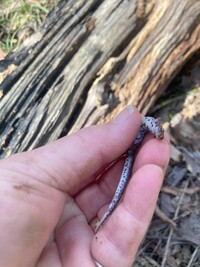 | Recorded by: Stephanie Willis
Guilford Co. |
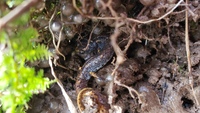 | Recorded by: Allison Weakley
Orange Co. | 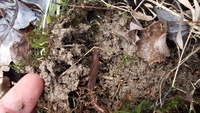 | Recorded by: Allison Weakley
Orange Co. |
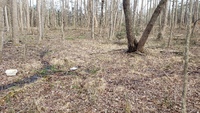 | Recorded by: Allison Weakley
Orange Co. | 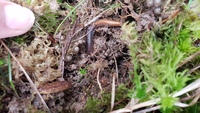 | Recorded by: Allison Weakley
Orange Co. |
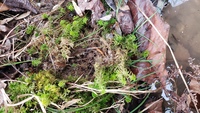 | Recorded by: Allison Weakley
Orange Co. | 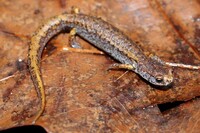 | Recorded by: Nathan Vaughan
Person Co. |
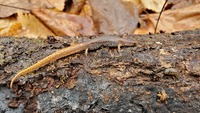 | Recorded by: L. Osteen
Orange Co. | 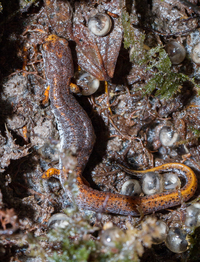 | Recorded by: Steve Hall and Allison Weakley
Orange Co. |
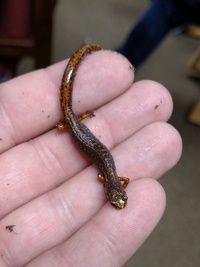 | Recorded by: Billy Hartness, Joel Jakubowski
Rockingham Co. | 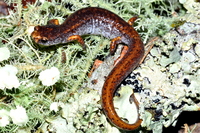 | Recorded by: J. A. Anderson
Surry Co. |
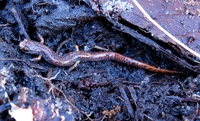 | Recorded by: F. Williams, S. Williams
Gates Co. | 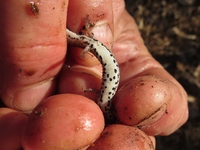 | Recorded by: F. Williams, S. Williams
Gates Co. |
 | Recorded by: Owen McConnell & Simpson Eason
Durham Co. |  | Recorded by: Steve Hall
Montgomery Co. |
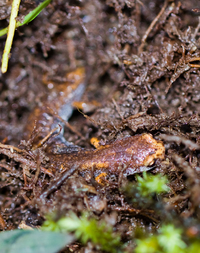 | Recorded by: Steve Hall
Montgomery Co. | 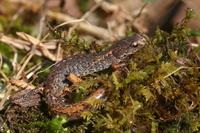 | Recorded by: Chris McGrath, Jeff Humphries, Lori Williams (NC WRC), Ed Corey
Rockingham Co. |
 | Recorded by: NC PARC Meeting
Rockingham Co. | 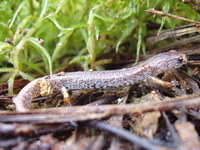 | Recorded by: FKW, SBW
Gates Co. |
|

 »
»




 »
»


